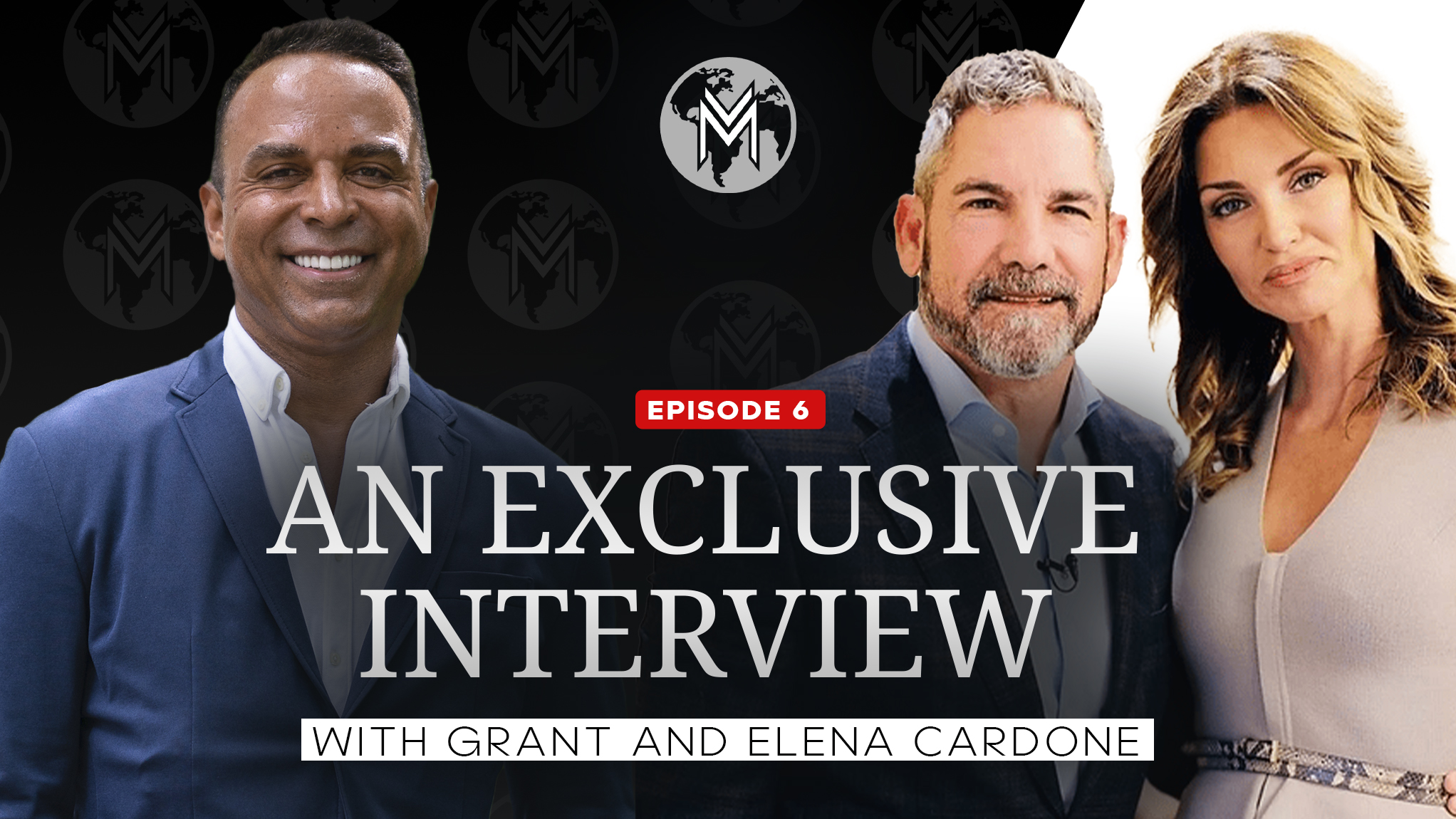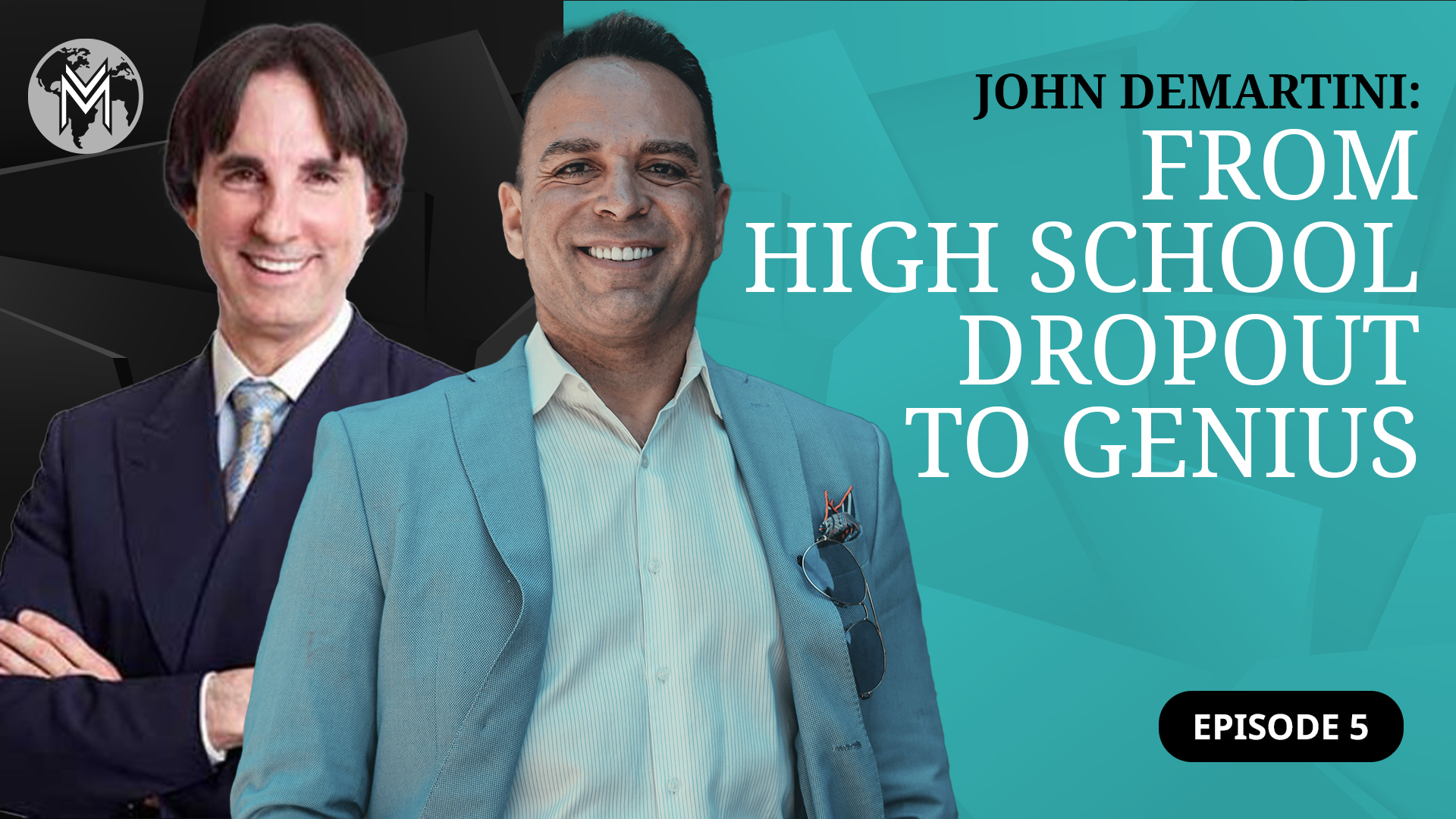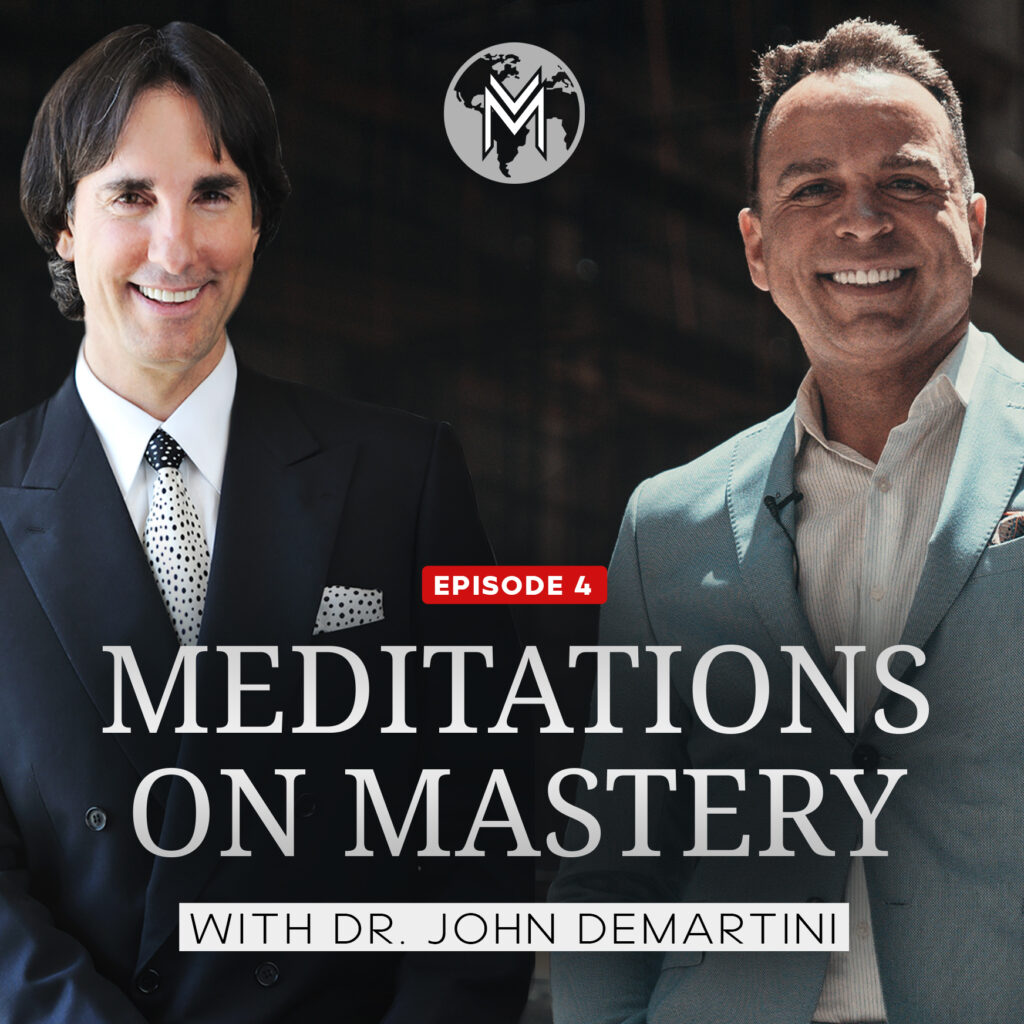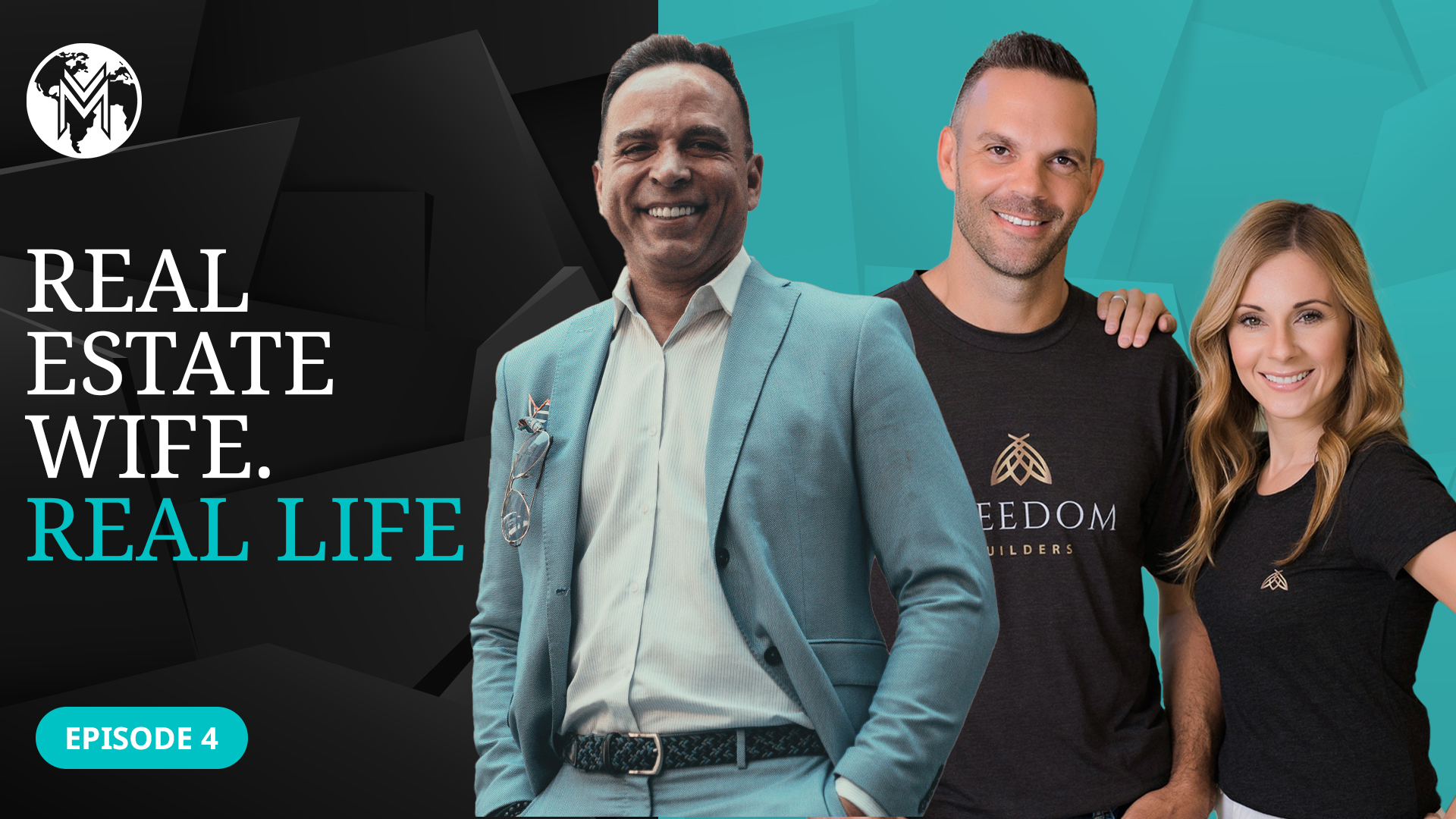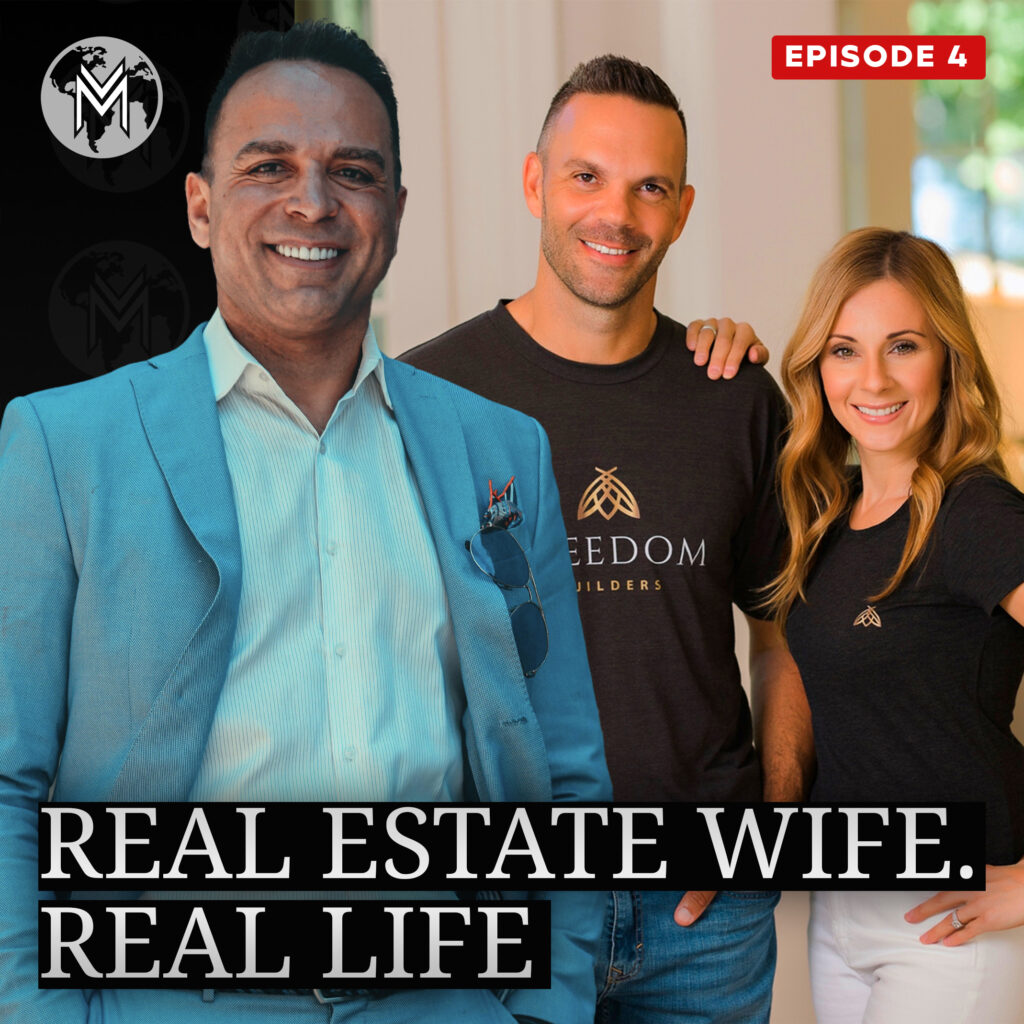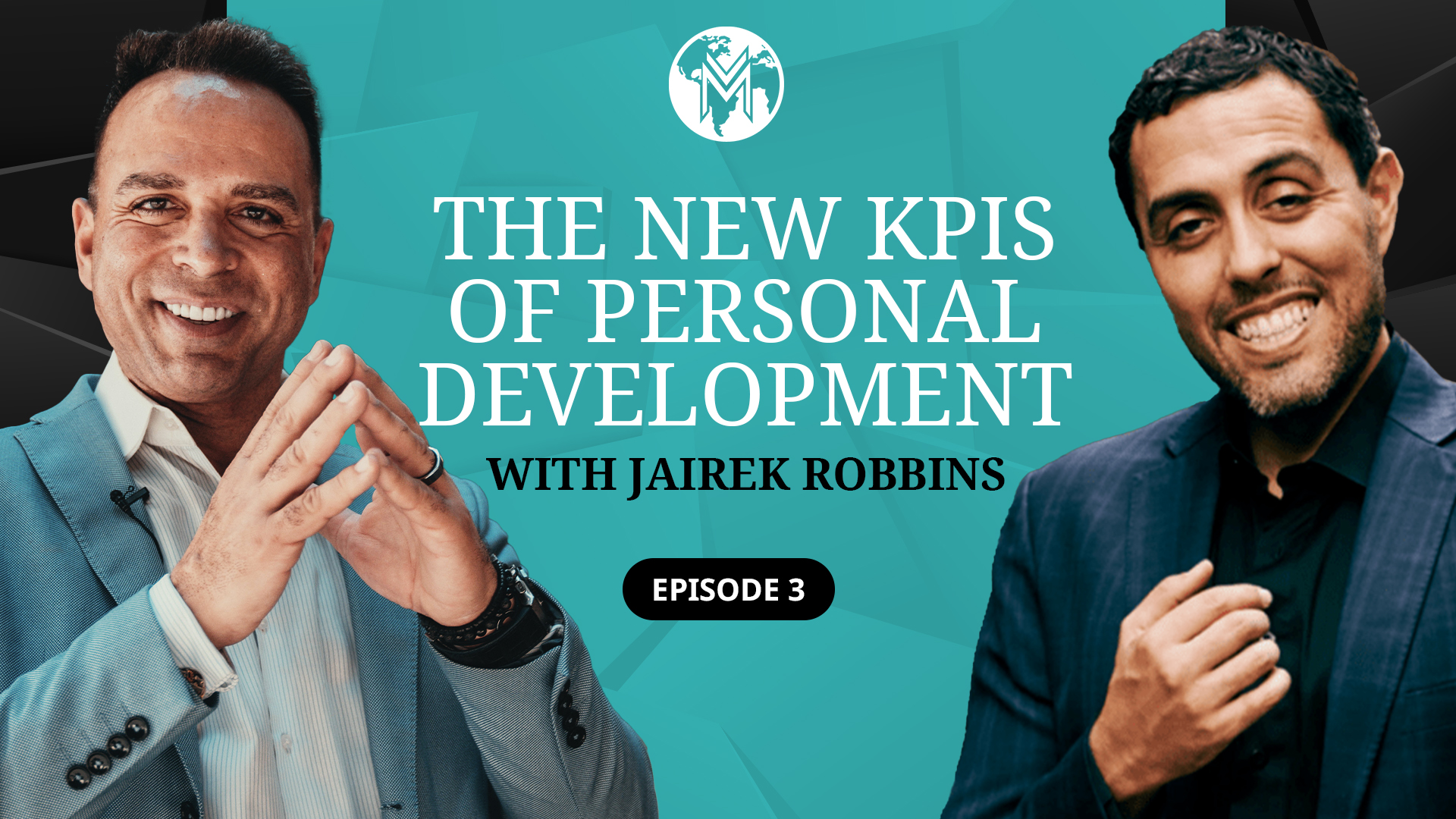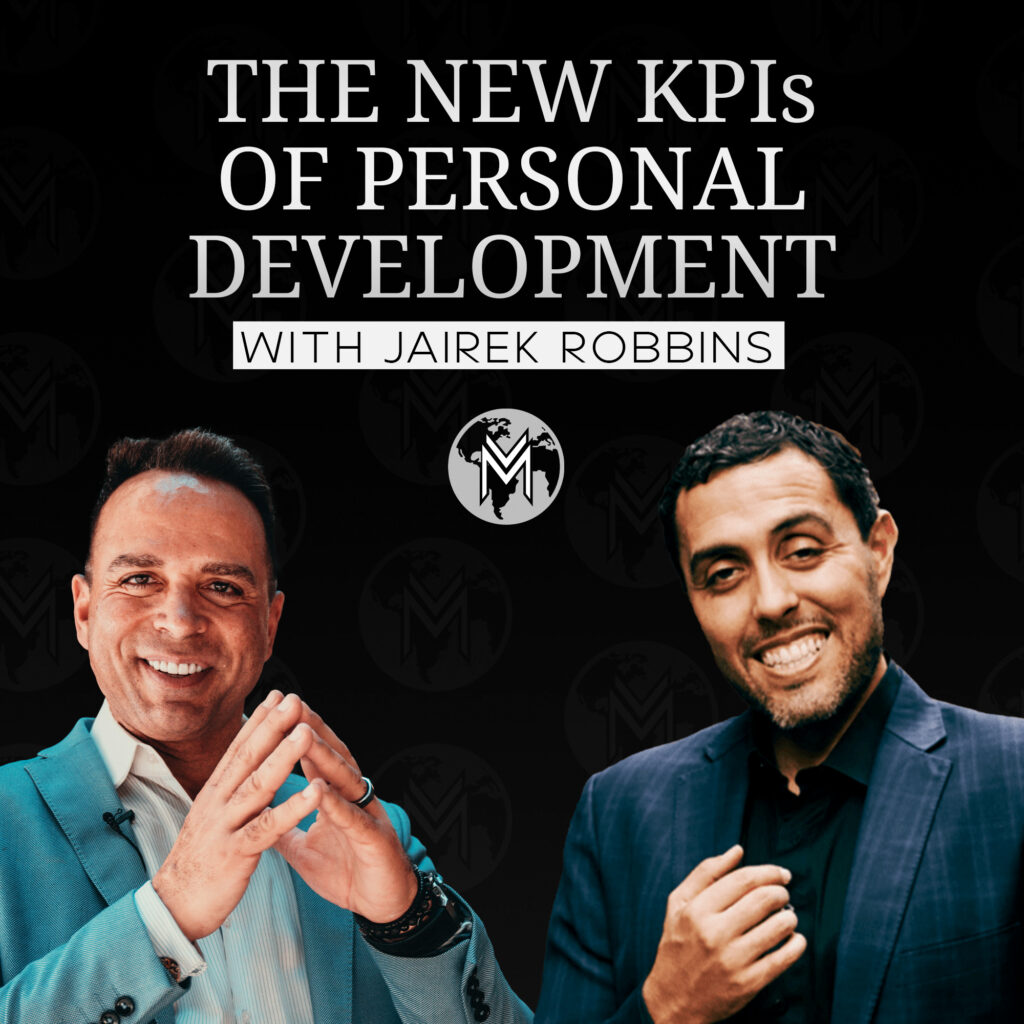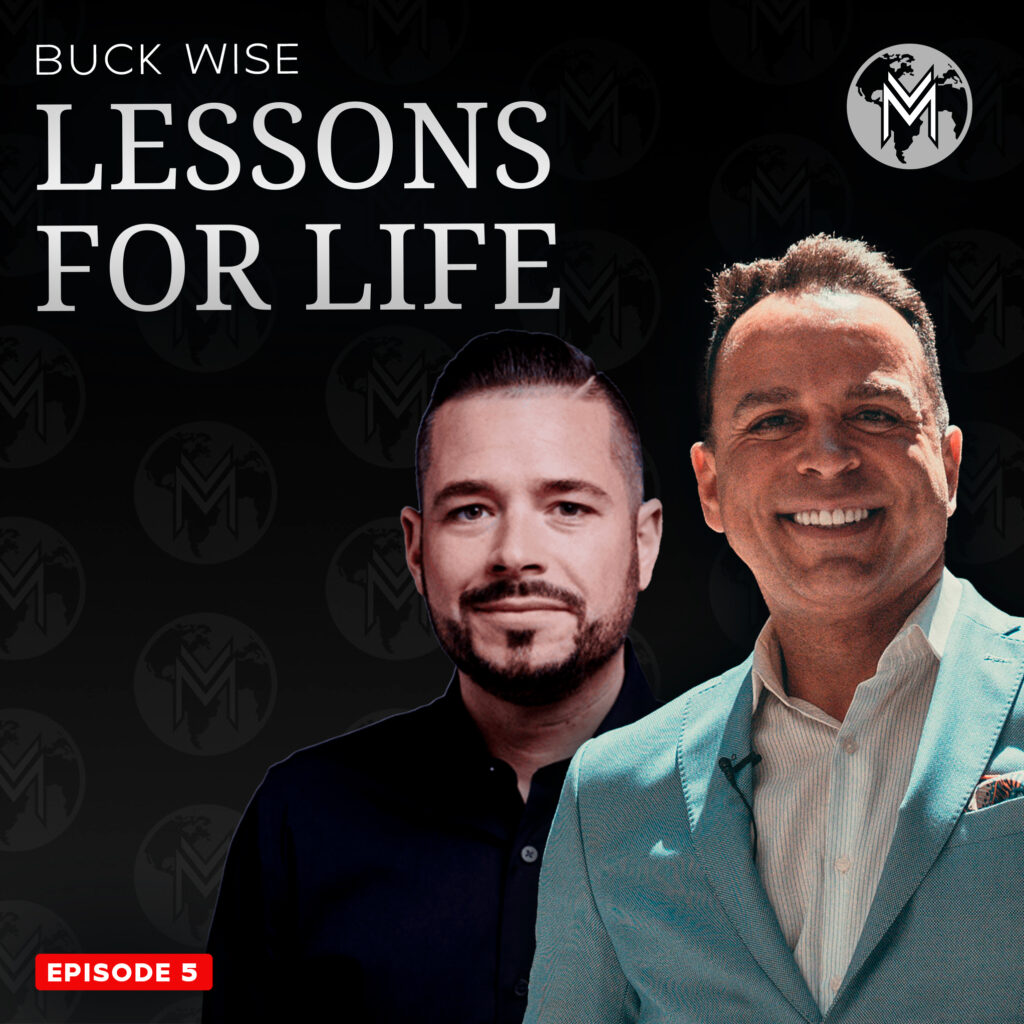
Share on facebook
Facebook
Share on linkedin
LinkedIn
Share on whatsapp
WhatsApp
Buck Wise, co-founder of the Wise Property Group, got his start in radio, working for Clear Channel (now known as iHeartRadio). He worked his way up quickly to being one of the top radio personalities before moving to CBS and later founding his own full-service digital agency.
Many of the lessons he learned from working at Clear Channel still apply today, and you can apply them to your own personal branding. You have to be captivating to an audience. Radio measures “TSL” or time spent listening, and this concept is the same on modern social media and content creation apps.
1- Get out of your own way.
Too many agents are sabotaging their own efforts by responding to imaginary criticism. Every detail gets magnified in your head, “warts and all,” and you need to learn to ignore that voice.
2- You need to create content consistently.
Consistently builds trust and trust builds conversion. Consistency also positively affects the internet algorithms that will get your content in front of more people. You won’t see the results right away, and then everything will grow quickly. As Mark Clear, author of Atomic Habits, points out, a bamboo tree groes underground first, so you can
3- Get it wrong to get it right. In other words, fail fast.
Many people will take good advice but not be able to implement it in a way that seems natural. But the only way to get it right is to practice, and that means being bad at it for a while.
4- Cut the crap.
Content creators (that’s you!) are often trying to fluff out their content and stretch it out. The proper way to get eyes on your content is to cut to the chase. Value your audience’s time and give them what they want, right away.
In order to do personal branding successfully, the rules for getting attention consistently are the whether you’re using the latest in state-of-the-art technology or sitting around a campfire. Learn how to do personal branding correctly by doing it consistently, giving yourself permission to be bad, and learning the lessons from your mistakes without punishing yourself for it. If you can grow your personal brand, you will be successful in business.
Follow us:
Buck Wise: Facebook page – Instagram – twitter
Michael Valdes: Facebook page – instagram – Youtube Channel

